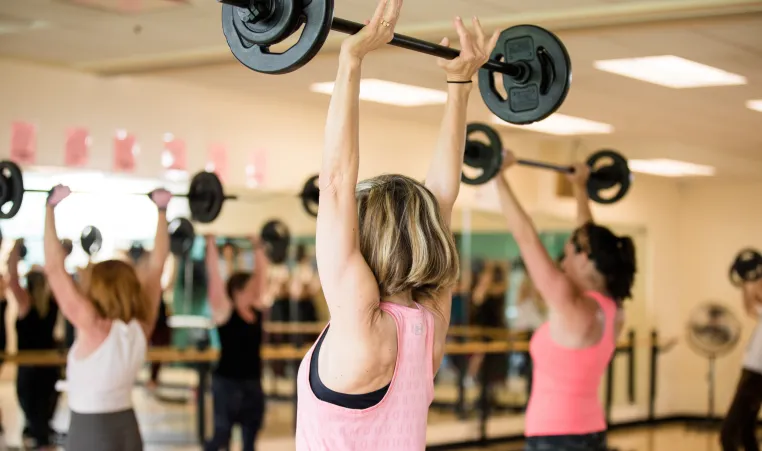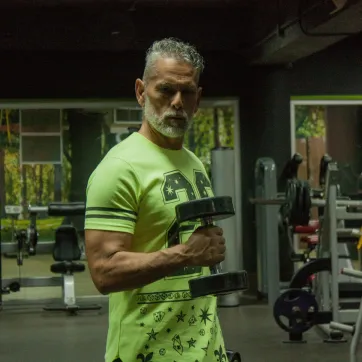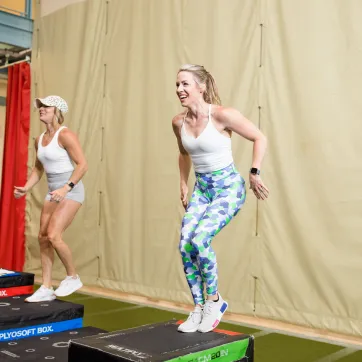
As the days grow longer and temperatures rise, it is tempting to move our workouts out of the gym and onto trails and outdoor courts. When doing so, it is vital to prepare to get the most out of your workout while remaining safe in the heat.
According to the Mayo Clinic, when our bodies face high temperatures and humidity, it automatically increases blood flow in the skin. While this cools us off, it also leaves less blood to flow to your working muscles, thereby increasing heart rate. The higher the temperatures, the more quickly our heart rate will increase, and the higher the possibility of suffering from a heat-related illness such as cramps, dizziness, heat exhaustion, or even heat stroke.
Acclimation
Especially if you are new to exercise or have been working out at a lower intensity, be sure to acclimate yourself to the heat slowly. Over a couple of weeks' progressions, your body will adapt and work more efficiently in the heat.
Timing
To avoid the hottest part of the day, work out early in the morning or late in the evening.
Place
Choose a running or cycling route that is as shaded as possible. A water workout in the pool would provide a cool option if possible.
Intensity
The body's process of cooling off includes increasing the heart rate. This means that your usual paces will now feel more intense. Slow down the pace or take frequent breaks to allow your heart rate to come down.
Hydration
Dehydration is a significant concern when exercising in the heat. Hydrating before beginning exercise is crucial to avoiding heat illness. Drink plenty of water the days leading up to a workout and consider drinking a sports drink during longer workouts to replace lost electrolytes.
Protection
Avoiding sunburn is essential in allowing our bodies to cool off. Besides sunscreen, wearing UV protective clothing can significantly aid in workout efficiency. Loose-fitting clothing can help whisk away sweat and keep your body temperature down.
Cool Down
It will be tempting to immediately get inside an air-conditioned building or jump in a cold shower. However, it is best to allow your heart rate, body temperature, and blood pressure to come down. You can also increase your flexibility by stretching when your muscles are still warm outside.
After months indoors, it is a great idea to exercise out in the open air. If you prepare, you can avoid any heat-related illness and utilize the great outdoors to run, swim, or play your way into a fit summer!


